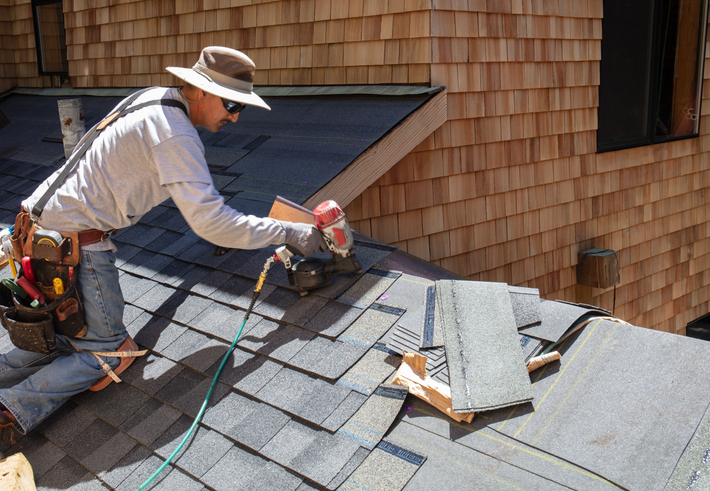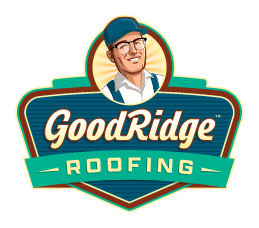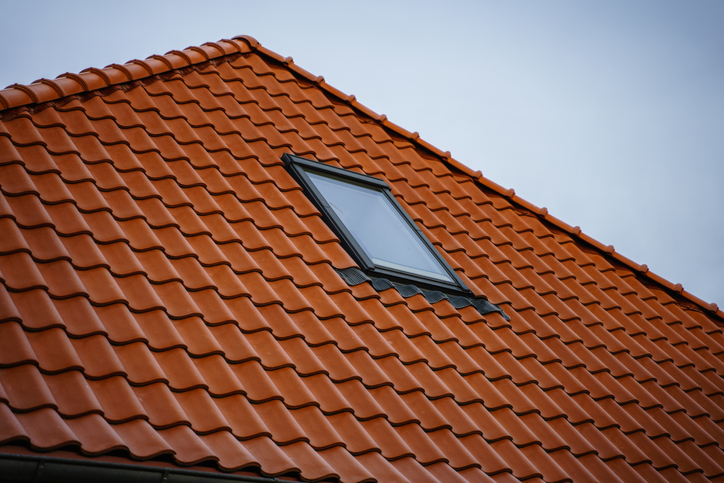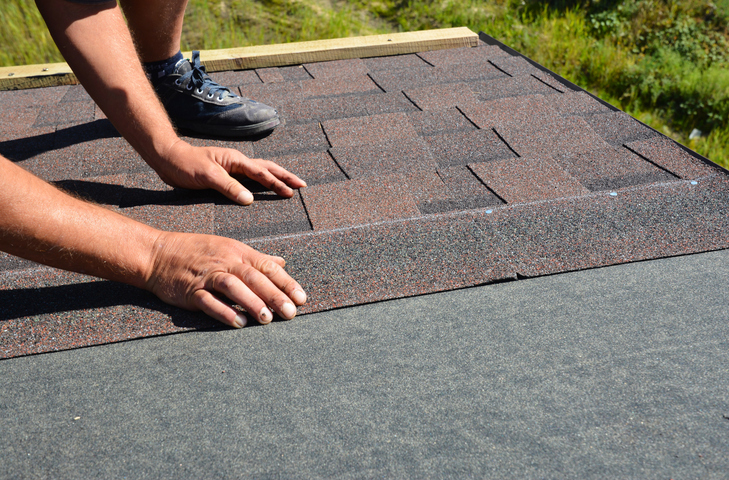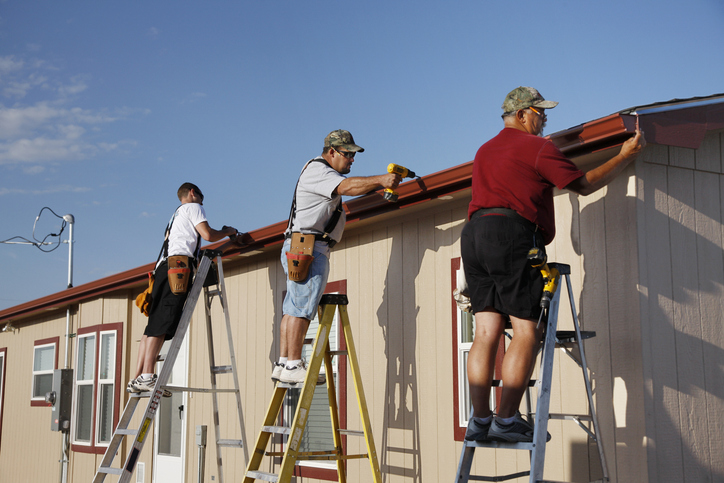Hailstorms can cause extensive damage to your roof, leaving homeowners with significant repair bills. Homeowners’ insurance can often help cover the costs associated with hail-damaged roof repair. However, understanding how insurance works and the steps involved in filing a claim can be challenging. This article outlines the role of insurance in covering hail-damaged roof restoration, what to expect during the claims process, and tips for ensuring you’re properly covered.
1. Understanding Your Insurance Coverage
Before a hailstorm hits, it’s essential to understand what your homeowner’s insurance policy covers, particularly when it comes to roof damage. In most cases, homeowner’s insurance will cover damage caused by hail, but the extent of coverage can vary depending on the policy and insurance provider. Some policies offer full replacement coverage, while others may only cover the cost of repairs, and some may have specific limitations or exclusions. It’s important to carefully review your insurance policy to know exactly what types of roof damage are covered, any exclusions, and your deductible amount. If you’re unsure about your coverage, reach out to your insurance agent to clarify any questions you may have.
2. Hail Damage and Roof Inspections
One of the first steps in filing an insurance claim for hail damage is to have a professional roofing contractor inspect your roof. A thorough inspection can uncover issues such as dents in shingles, cracks in flashing, or damage to underlayment materials, which may not be obvious from the ground. After the inspection, your roofing contractor will provide you with a detailed report outlining the extent of the damage. This report is essential when filing an insurance claim, as it will serve as evidence for the claim. Additionally, the contractor may provide you with an estimate for repair costs, which will help in negotiating with your insurance company.
3. Filing a Claim for Hail-Damaged Roof Restoration
Once you’ve had your roof inspected and assessed for hail damage, it’s time to file a claim with your insurance provider. To start the claims process, contact your insurance company and provide them with the necessary documentation, including the roofing contractor’s inspection report and any estimates for repairs. The insurance adjuster will then schedule a visit to assess the damage and determine how much coverage is available. They will compare the damage to the contractor’s assessment and determine if repairs or replacements are necessary. It’s important to ensure that the adjuster and the contractor are on the same page regarding the extent of the damage to avoid discrepancies during the claims process.
4. The Role of Your Deductible
A key factor in how much your insurance will pay for hail-impact roof repair is your deductible. The deductible is the amount you must pay out-of-pocket before your insurance kicks in. It’s important to note that the deductible for roof repairs may differ from your general homeowner’s deductible, especially if your insurance policy has separate deductibles for weather-related damage. Make sure to review your policy carefully to understand how your deductible works, and be prepared to pay your deductible amount when it comes time to repair your roof.
5. Depreciation and Replacement Costs
In some cases, insurance may only cover the actual cash value (ACV) of your roof’s repair or replacement, meaning they will deduct depreciation from the final payout. Depreciation is the reduction in value due to the age and condition of your roof. To avoid this, some homeowners opt for replacement cost coverage, which ensures that the insurance company will cover the full cost of replacing your roof with no deductions for depreciation. However, replacement cost policies may come with higher premiums. It’s important to understand the difference between ACV and replacement cost coverage and decide which option is best for your situation.
6. What to Do if Your Claim is Denied
In some cases, your insurance claim for roof hail damage repair may be denied. There are several reasons why this might happen, such as if the damage is deemed pre-existing, if your roof is too old, or if your policy has specific exclusions related to hail damage. If your claim is denied, don’t panic. First, review your policy to understand the reason for the denial. If the reason isn’t clear, contact your insurance company for an explanation. If you believe the denial was unjust, you have the right to appeal the decision. You can also hire an independent adjuster or roofing contractor to re-assess the damage and provide a second opinion. If necessary, seek legal advice to help navigate the appeals process.
7. Choosing a Reliable Roofing Contractor
When it comes to repairing your hail-damaged roof, choosing a reliable and experienced roofing contractor is essential. Insurance companies may have a list of approved contractors, but you can also choose a contractor of your own. When selecting a contractor, look for one with a strong reputation, proper licensing, and a track record of handling insurance claims. Make sure to get multiple estimates for the repair work, and don’t hesitate to ask for references or check reviews. A good contractor will work with your insurance company to ensure that the repairs are done to your satisfaction and that the claims process goes smoothly.
8. Preventing Future Hail Damage
While insurance can help cover the cost of hail storm roof restoration, it’s still important to take steps to protect your roof from future storms. Installing impact-resistant roofing materials, reinforcing your roof structure, and ensuring proper maintenance can reduce the likelihood of significant damage during hailstorms. Some insurance providers even offer discounts for homes with impact-resistant roofing materials, as they reduce the risk of damage. By investing in preventative measures, you can save on future repair costs and ensure your roof stands up to the elements.
Insurance plays a vital role in covering the costs of hail-damaged roof repair, but it’s essential to understand your coverage options and the claims process. From knowing your deductible to choosing a reliable contractor, taking proactive steps can help you navigate the process smoothly and ensure your roof is restored effectively. By being well-informed and prepared, you can minimize the financial burden of hail damage and protect your home for years to come.
Do you need expert hail-damaged roof repair? Contact Goodridge Roofing today at 405-831-8250. We’ll help you navigate insurance claims and restore your roof efficiently. Call us now for reliable service and peace of mind!


